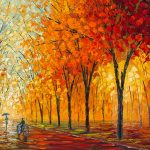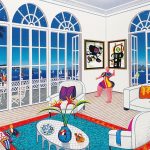6 Facts About Famous Artists That You Probably Don’t Know
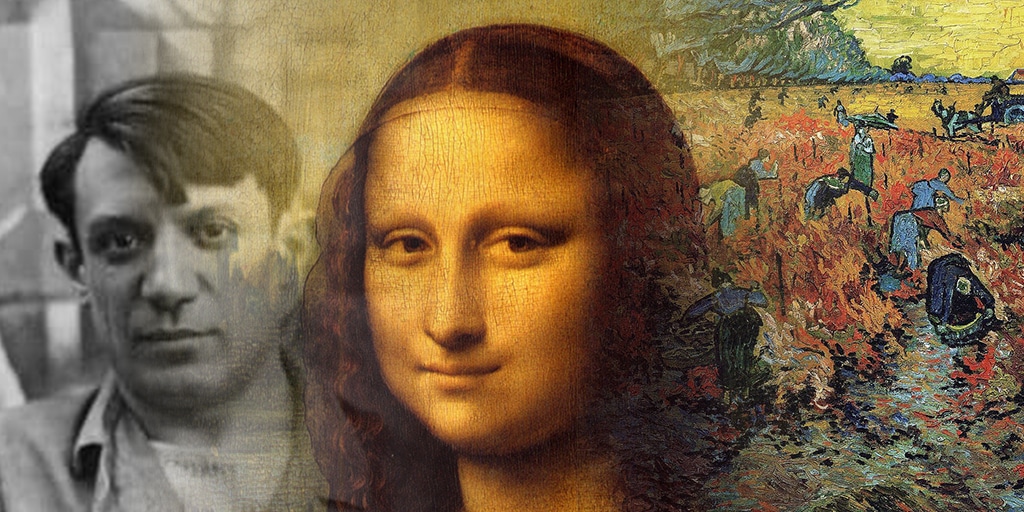
Art history is full of wild tales and fascinating figures, which can make it tough to determine what is fact and fiction about artists.
Some of these stories endure because they remind us of the qualities we associate with artists—they’re creative, non-conforming, and more than a little eccentric. But in many cases, the truth is just as incredible as the art they create.
Don’t believe us? Here are six amazingly real facts about some of history’s most intriguing, famous artists.
Pablo Picasso Didn’t Steal the ‘Mona Lisa,’ But…
Pablo Picasso was many things during his prolific career—painter, sculptor, playwright—but there’s one occupation that historians leave off that list: accused art thief.
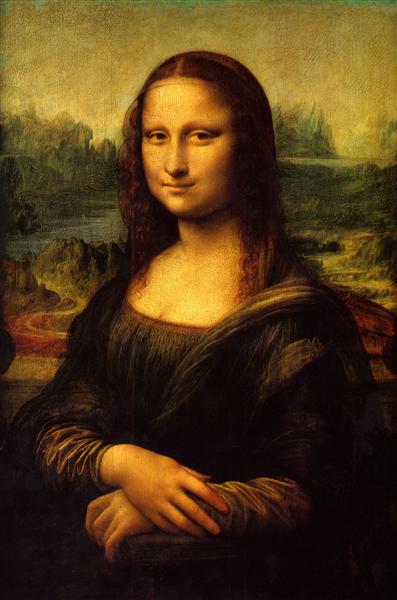
“Mona Lisa” (c. 1503), Leonardo da Vinci. Source: Public Domain.
On August 21, 1911, Leonardo da Vinci’s “Mona Lisa” was stolen from the Louvre. Eight days later, a man named Joseph Géry Pieret revealed to the Paris-Journal that Picasso and his friend, avant-garde poet Apollinaire, were in possession of Iberian sculptures that had also been stolen from the Louvre. This made Picasso one of the top suspects in the theft of Leonardo’s painting.
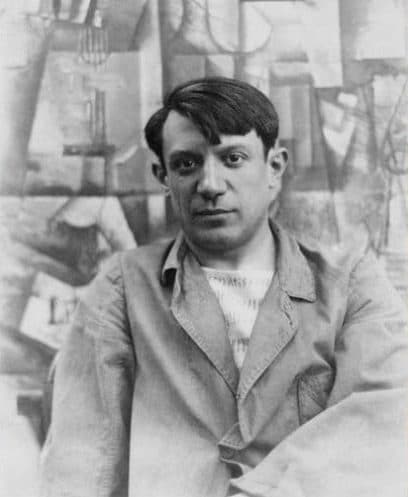
Pablo Picasso (Image source: Public Domain)
In truth, Pieret himself had stolen the statues and sold them to Picasso (who bought them despite the stamps on their bottoms that read “Property of the Louvre Museum”). Picasso turned over the statues to the Paris-Journal, but both he and Apollinaire were questioned in court regarding the whereabouts of the “Mona Lisa.” However, no evidence could be found that tied them to the theft, and they were eventually released.
In December 1913, to the relief of Picasso, the “Mona Lisa” turned up in Florence, Italy. It was revealed that a Louvre employee named Vincenzo Peruggia had stolen the painting in an attempt to return it to its native Italy.
Salvador Dalí Thought He Was His Dead Brother
This fact may not sound that far-fetched when considering the source is the notoriously odd Salvador Dalí, but this wasn’t something he simply claimed just to raise eyebrows.
Dalí had an older brother, also named Salvador. Tragically, he never met his older sibling—nine months before Dalí was born, his brother died of gastroenteritis.
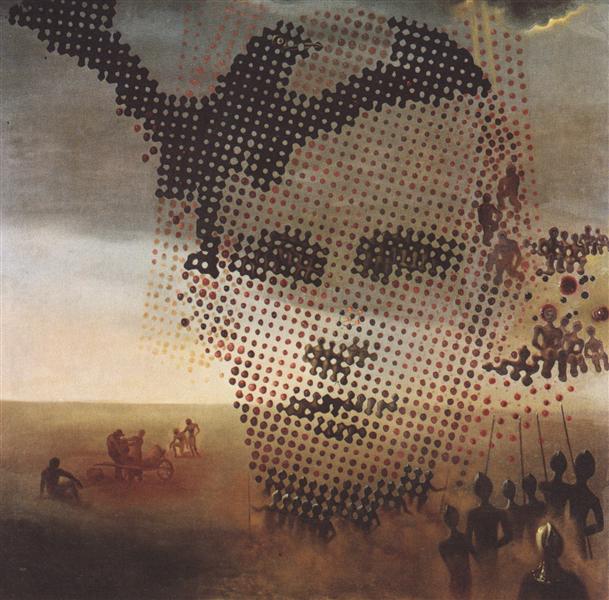
“Portrait of My Dead Brother” (1963), Salvador Dali (Image source: WikiArt, Fair Use)
At the age of 5, Dalí’s parents took him to the grave of his brother and told Dalí that he was the reincarnation of his brother. He came to believe this as a fact and truly believed that he was his reincarnated sibling. Years later, Dalí featured images of the previous Salvador in several of his paintings, including “Portrait of My Dead Brother.”
Leonardo da Vinci Was a Procrastinator
Leonardo da Vinci is unquestionably one of the most famous artists in history. Ironically, one quirk that made him such a genius was that he was easily distracted.
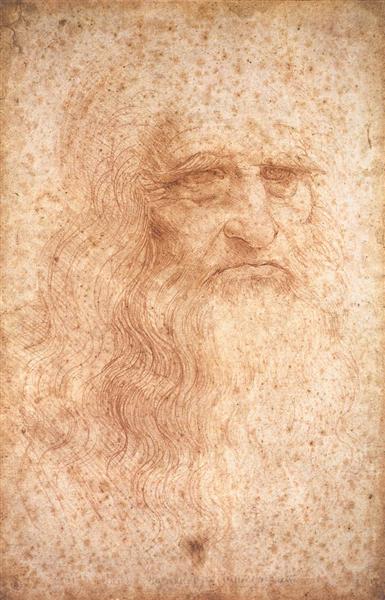
“Portrait of a Bearded Man” (possibly a Self Portrait), (c. 1513), Leonardo da Vinci (Image source: Public Domain)
Despite being the epitome of a “Renaissance man,” Leonardo had a penchant for leaving his works unfinished. Evidence for this is seen in the hundreds of notes and sketches he left behind for projects following his death in 1519.
Need more evidence? Two of his most famous works took a combined 17 years to finish. Leonardo worked on his influential mural, “The Last Supper,” for three years, and he later spent a whopping 14 years completing the famous—and surprisingly small—“Mona Lisa.” It’s said that Leonardo only finished “The Last Supper” after his patron finally threatened to cut off his funds.
Vincent van Gogh Only Sold One Painting—On Record
Now widely regarded as one of art history’s greatest painters, Post-Impressionist Vincent van Gogh didn’t experience the success he deserved. Instead, the artist only managed to sell one painting during his lifetime. Or were there more?
Van Gogh officially sold one painting, “The Red Vineyard at Arles,” before committing suicide in 1890. This is backed by authenticated documentation that shows the painting was sold to fellow painter Anna Boch in early 1890.
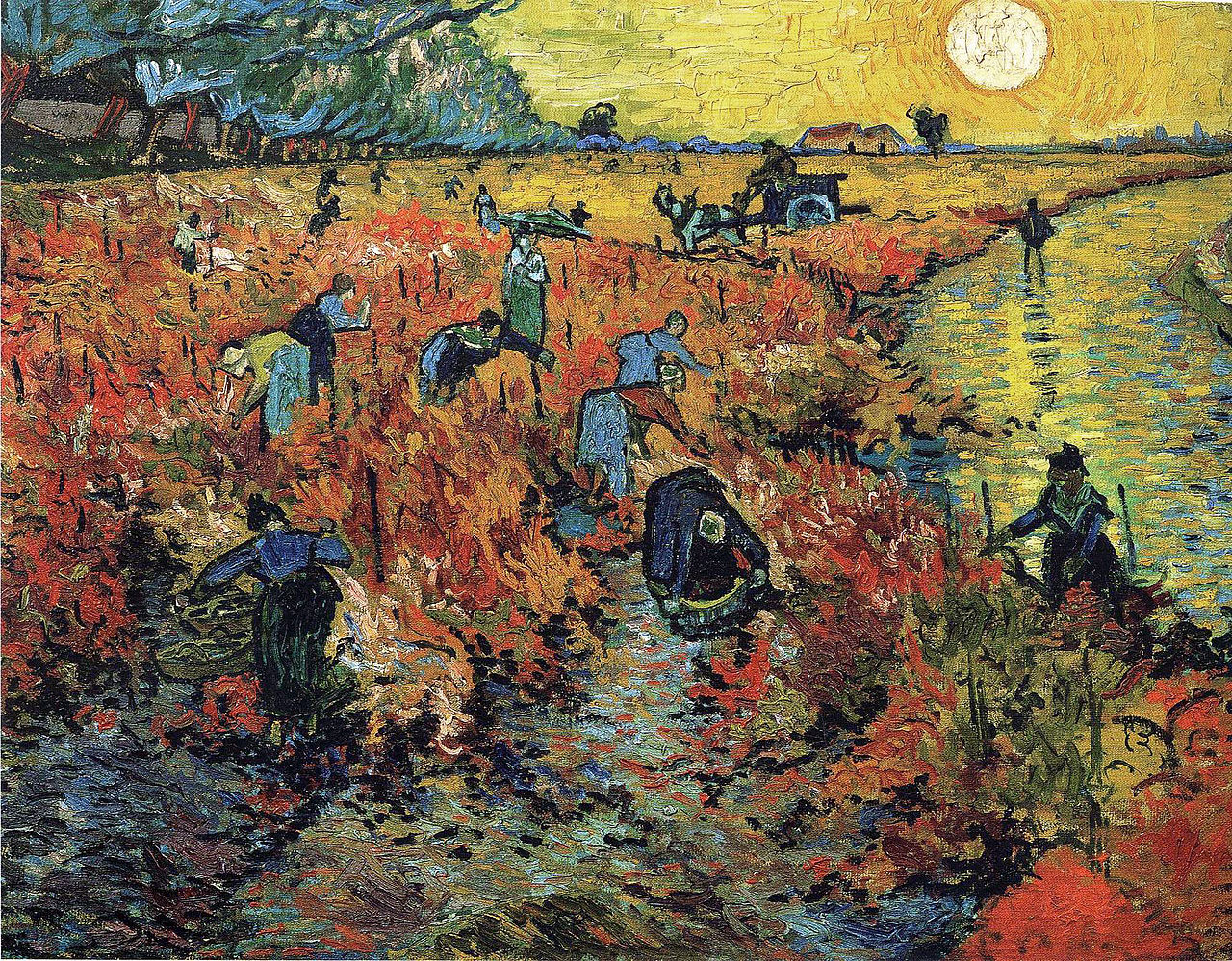
“The Red Vineyard near Arles” (1888), Vincent van Gogh (Image Source: Public Domain)
Despite this, scholars of Van Gogh have challenged this longstanding lore, proposing that in 1888, Van Gogh’s brother, Theo, sold one of the artist’s self-portraits before the sale of “The Red Vineyard at Arles.”
Additionally, the Van Gogh Museum in Amsterdam purports that the artist sold or bartered many paintings while alive, with letters written by Van Gogh suggesting that he sold many works to relatives.
Pierre-Auguste Renoir Painted Despite Crippling Arthritis
Pierre-Auguste Renoir, one of the founders of the Impressionist movement, suffered from rheumatoid arthritis starting in 1892. Amazingly, Renoir continued to paint for the last 20 years of his life despite the pain and limitations he suffered.
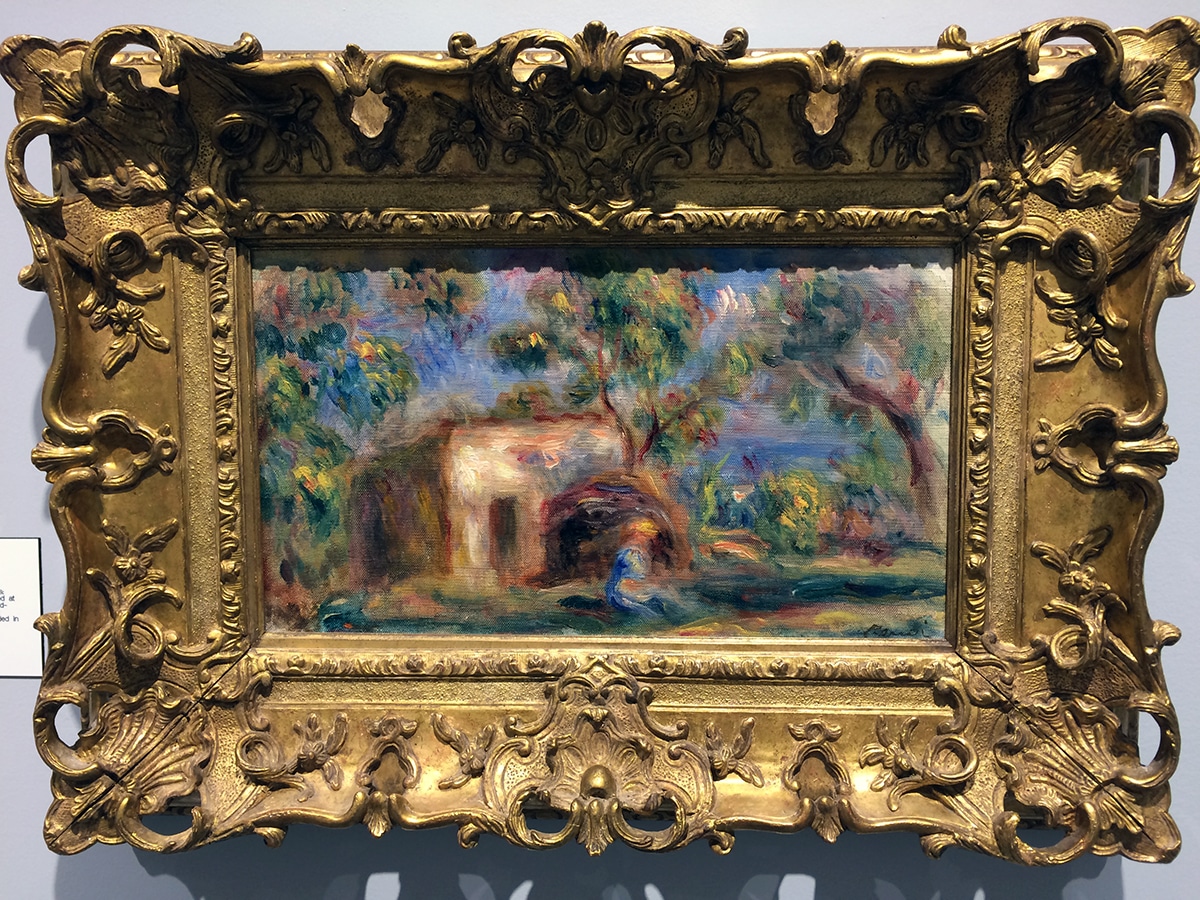
“La Cabane a Cagnes” (1917), Pierre-Auguste Renoir. On display at the Park West Museum.
Renoir could still hold a brush in his hand, but required an assistant to place it there first. With his brush in place, Renoir had an assistant stand by to arrange his palette as he painted. He also worked with a moving canvas so he could create larger works.
Contrary to popular belief, the bandages seen on Renoir’s hands in photos from his later years weren’t for strapping brushes to his hands. Instead, they prevented his curled fingers from digging into his palms.
Francisco Goya Found an Interesting Way to Get Into Art School
There’s an old adage of “it’s not what you know, it’s who you know” when it comes to advancing one’s career. In the case of Spanish artist Francisco Goya, it seems a combination of both contributed to his eventual enrollment at a prestigious art academy.
In 1763 and 1766, Goya submitted entries to enroll at the Royal Academy of Fine Arts of San Fernando in Madrid. He was rejected both times.
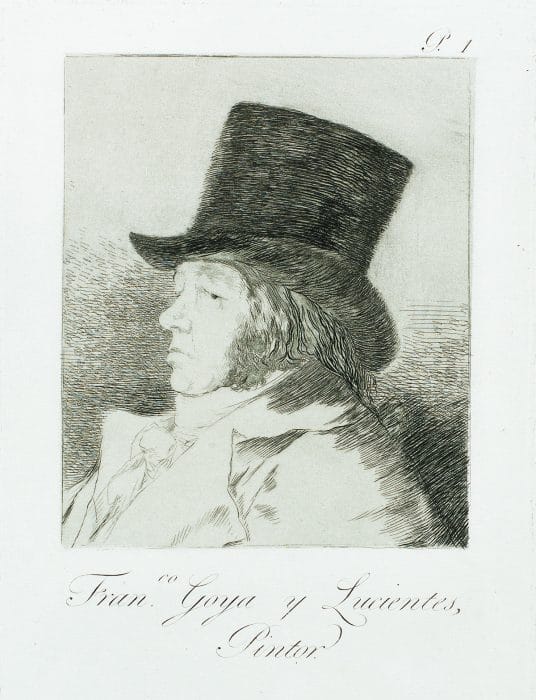
“Francisco Goya y Lucientes, Pintor” (c. 1799), Francisco Goya. Plate 1 of “Los Caprichos”
Following these attempts, Goya traveled to Italy in 1770 to refine his technique. After returning to Madrid in 1771, he befriended and studied with artist Francisco Bayeu, who happened to have a membership at the Royal Academy. In 1773, Goya married Bayeu’s sister, Josefa.
These helpful connections, in addition to Goya’s rising success as an artist, finally granted him admission to the Royal Academy of Fine Arts of San Fernando in 1780. Five years later, the academy appointed him to be the deputy director of painting, and in 1786, he was appointed as painter to King Charles III.
To collect the works of Picasso, Goya, and other famous artists, contact our gallery consultants at (800) 521-9654 ext. 4 or sales@parkwestgallery.com. You can also register for our weekly live online auction!





